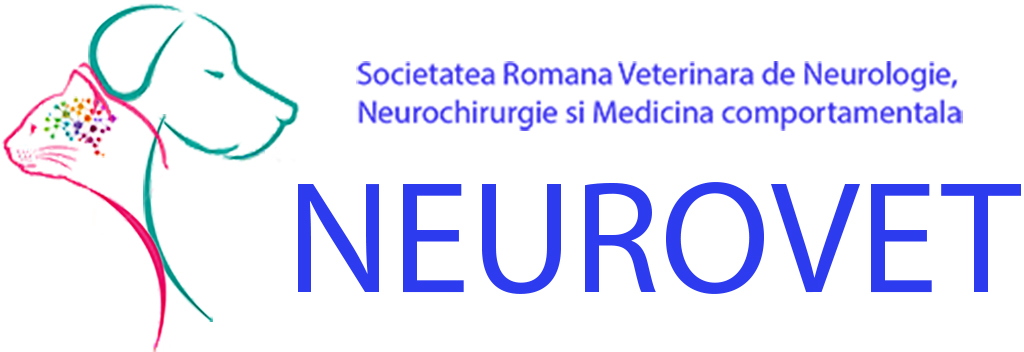Microbiology of Dental Disease in Pet Rabbits
DOI:
https://doi.org/10.52331/1sh8e648Keywords:
rabbit, dental desease, bacteriologyAbstract
Maintenance of oral health and hygiene represents an essential condition in avoiding dental disease for humankind but also for the animal kingdom. This study aimed to present the importance of prevention techniques and treatment options for dental disease in pet rabbits. The research was focused on 16 rabbits that had been diagnosed with dental disease based on clinical and paraclinical examination, we obtained samples from the dental injury site using a sterile cotton swab and followed up with bacteriological examination and antibiotic sensitivity testing for identifying the bacteria and the resistances. Out of 16 samples sent to the laboratory for testing, 4 were negative (25%), showing no bacterial growth, from the rest of the samples the following bacterial strains were identified: 18,75% Staphylococcus spp, 18,75% Streptococcus spp, 6,25% Streptococcus β hemolytic, 6,25% Pseudomonas aeruginosa, 6,25% Klebsiella spp. 3 cases presented with multiple-strain infection as follows: 6,25% Streptobacillus spp and Klebsiella spp; 6,25% Proteus spp and Streptoccus spp; 6,25% Pseudomonas spp and Streptoccus spp. After obtaining the antibiotic sensitivity test results, we found that the most efficient drug was Amikacin, no bacteria presented resistance to this medicine, and it was followed by Trimethoprim/sulfa (TMPS) and Ciprofloxacin. All the identified bacterial strains were presenting resistance to Amphotericin and Clindamycin. Antimicrobial resistance and the limited availability of veterinary-use-approved drugs constitute strong arguments that sustain the importance of this study in the management of dental disease in pet rabbits.
References
Deeb, B., Update for veterinary practitioners on pasteurellosis in rabbits. J. Small Exotic Anim. Med., 1993, Volume 2, 112−13.
Harcourt-Brown, F.M., Abscesses. In: Textbook of Rabbit Medicine (ed. Harcourt-Brown, F.M.), Butterworth, London, 2002, Pages 206−23.
Hamlin, J., Causes, examination and treatment of dental disease in rabbits. The Veterinary Nurse, 2013, 4(3):156-166.
Böhmer Estella, Dentistry in rabbits and rodents. John Wiley & Sons, 2015.
Hedley, J., Antibiotic usage in rabbits and rodents. In Practice, 2018, 40(6), pp.230-237.
Fostowicz-Frelik, L., Frelik, G. J., Earliest record of dental pathogen discovered in a North American Eocene rabbit. Palaios, 2010, 25(12): 818-822.
Tyrrell, K.L., Citron, D.M., Jenkins, J.R. and Goldstein, E.J., Periodontal bacteria in rabbit mandibular and maxillary abscesses. Journal of clinical microbiology, 2002, 40(3):1044-1047.
Gardhouse, S., Sanchez‐Migallon Guzman, D., Paul‐Murphy, J., Byrne, B.A., Hawkins, M.G., Bacterial isolates and antimicrobial susceptibilities from odontogenic abscesses in rabbits: 48 cases. Veterinary Record, 2017, 181(20):538-538.
Lord, B., Dental disease in the rabbit Part 3: Treatment and prognosis of dental disease. Companion Animal, 2011, 16(7):46-49. Part 4: Diagnosis and management of odontogenic abscesses. UK Vet Companion Animal, 16(8):42-49.
Ward, M.L., Diagnosis and management of a retrobulbar abscess of periapical origin in a domestic rabbit. Veterinary Clinics: Exotic Animal Practice, 2006, 9 (3):657-665.
Kiss-Pruteanu Tamara Titanilla, Lucia Bel, Cosmina Dejescu, R. Purdoiu, R. Lacatus, Mariana Tătaru, S.M. Mârza, Camelia Munteanu, Olivia Petrescu, I. Papuc, Craniometric measurements of the flemish giant rabbit and the dwarf pet rabbit skull (Oryctolagus Cuniculus Domesticus), Rev Rom Med Vet, 2024, 34 | 1: 51-58.
Meredith, A., Rabbit dentistry. European Journal of Companion Animal Practice, 2007, 17(1):55-62.
Fisher P., Graham Jennifer, Chapter 10 - Rabbits, Editor(s): James W. Carpenter, Christopher J. Marion, Exotic Animal Formulary (Fifth Edition), W.B. Saunders, 2018, Pages 494-531.
Taylor, W.M., Beaufrère, H., Mans, C. and Smith, D.A., Long-term outcome of treatment of dental abscesses with a wound-packing technique in pet rabbits: 13 cases (1998–2007). Journal of the American Veterinary Medical Association, 2010, 237(12):1444-1449.
Downloads
Published
Issue
Section
Categories
License
Copyright (c) 2024 Tamara Titanilla Kiss-Pruteanu, Lucia Bel, Cosmina Dejescu, Radu Lacatus, Mariana Tataru, Sorin Marian Marza, Ionel Papuc

This work is licensed under a Creative Commons Attribution 4.0 International License.





